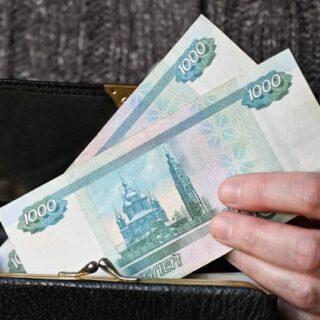









Ikebana (生け花, 活け花, ‘arranging flowers’ or ‘making flowers alive’) is the Japanese art of flower arrangement. It is also known as kadō (華道, ‘way of flowers’). The origin of ikebana can be traced back to the ancient Japanese custom of erecting evergreen trees and decorating them with flowers as yorishiro (依代) to invite the gods.
Later, flower arrangements were instead used to adorn the tokonoma (alcove) of a traditional Japanese home.
Ikebana is counted as one of the three classical Japanese arts of refinement, along with kōdō for incense appreciation and chadō for tea and the tea ceremony.
The term ikebana comes from the combination of the Japanese ikeru (生ける, ‘to arrange (flowers), have life, be living’) and hana (花, ‘flower’). Possible translations include ‘giving life to flowers’ and ‘arranging flowers’.






One comment
Marty Rubin
11.06.2024 at 08:53
Hello! Leonardo da Vinci said: “Simplicity is the ultimate sophistication.” Your works are magnificent in their simplicity. Thank you!